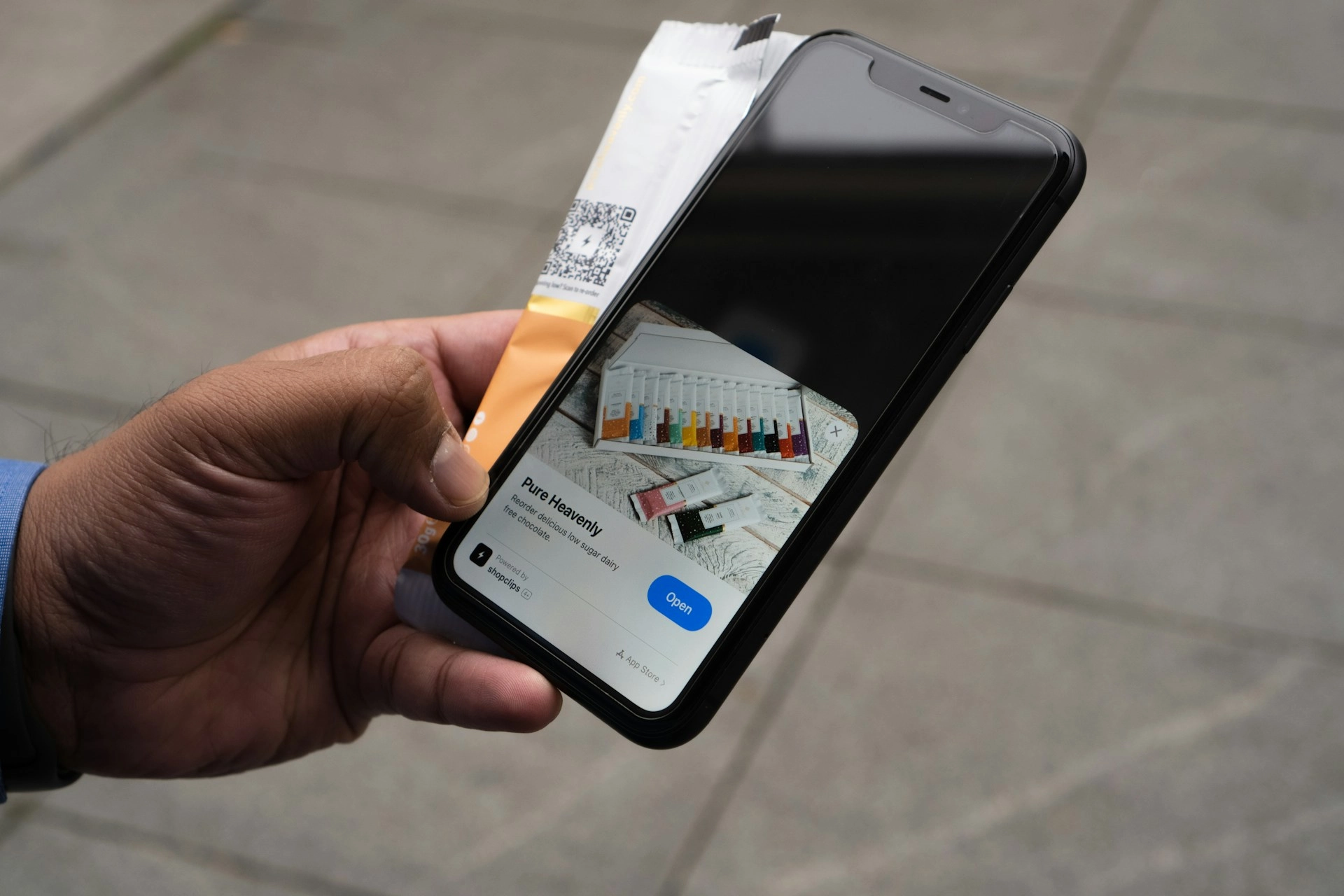How to Use Packaging as a Marketing Tool: 7 Strategies
Leveraging product packaging as a marketing tool can make or break a brand’s success. No longer just an afterthought, product packaging is now a critical component of the marketing mix, standing alongside the other ‘Eight Ps’—product, place, price, promotion, people, physical environment, and process—as a key driver of brand visibility and consumer engagement.
The importance of packaging in the modern marketplace lies in its ability to serve multiple functions simultaneously. It differentiates your product on crowded shelves, enhances the overall customer experience, and communicates your brand’s values and message—all before the consumer even opens the box. Well-executed packaging strategies can turn a simple product into a memorable brand experience, driving both recognition and conversion.
Understanding and leveraging the full potential of packaging in marketing is critical to standing out and building lasting connections with your audience. Whether you’re working with retail product packaging or other packaging types, the strategies outlined in the following sections will help you turn your packaging into a dynamic element of your brand’s marketing toolkit.
Packaging as a Marketing Tool: 7 Strategies to Elevate Your Brand
Effective packaging can be a game-changer for your brand, influencing how customers perceive and engage with your products. The right strategies can transform your packaging into a key driver of brand success. Here are six ways to leverage packaging as a marketing tool to make a lasting impact.
1. Align packaging with your brand identity
Your packaging should seamlessly complement and reinforce your brand identity, creating a cohesive message that resonates with your target audience. Consistent branding across all touchpoints, including packaging, helps set clear expectations for your product. When your product branding and packaging are in harmony, it builds trust and recognition, while disjointed messaging can lead to confusion and missed opportunities.
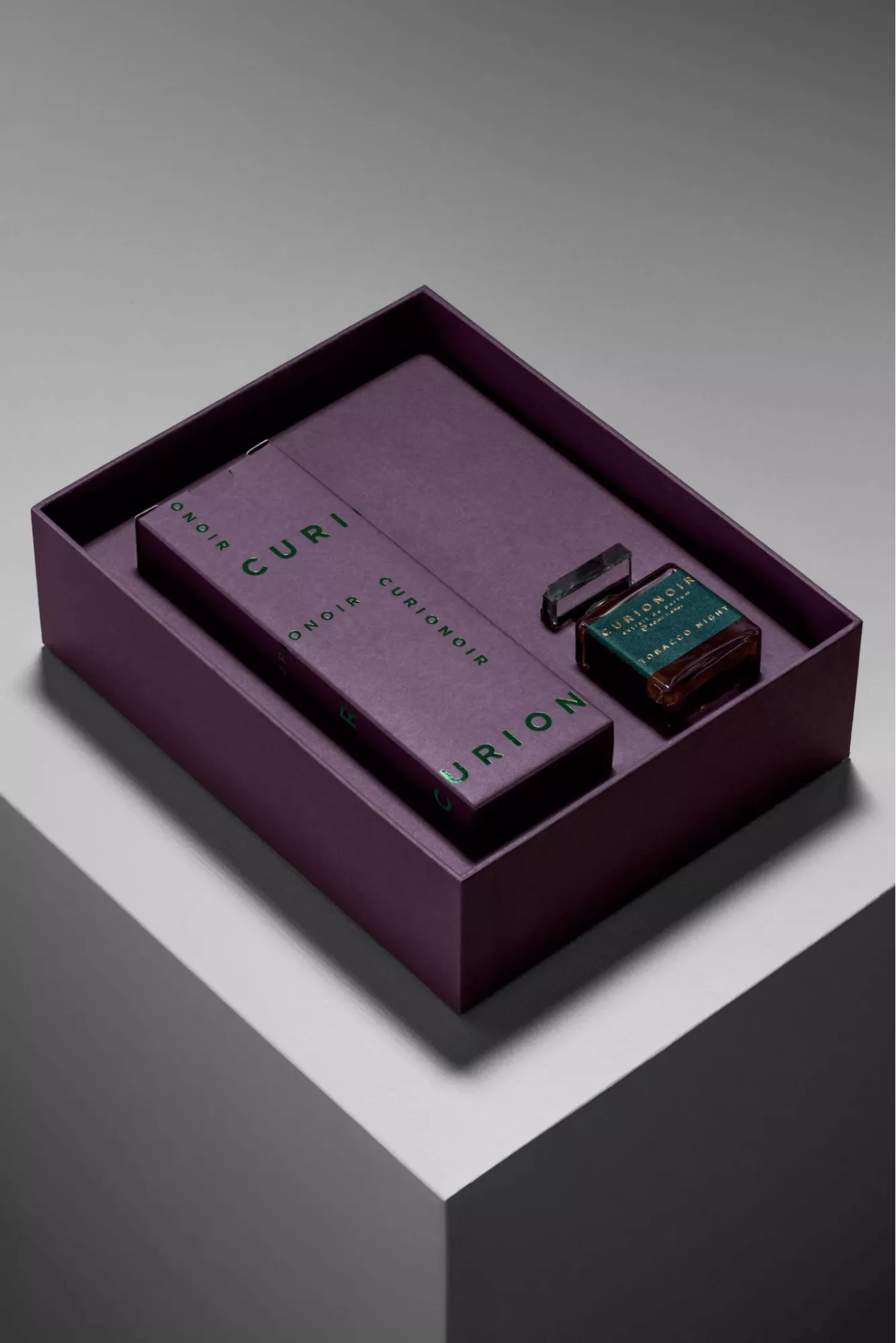
Take, for example, a luxury cologne brand. If its advertising showcases elegance and sophistication featuring actors in evening wear and luxury cars, the packaging must also align with this image. Glass bottles protected in robust, dark-colored folding carton boxes with imagery that symbolizes status, style, and success can instantly convey the product’s premium nature. Even before knowing the price, consumers will naturally associate the product with luxury.
2. Embrace innovative packaging design ideas
To truly stand out in a crowded market, you may need to think outside of the box. Packaging strategies that move beyond traditional formats, structures, and designs can captivate your audience and set your brand apart from the competition. By pushing the boundaries of expectation, you create a memorable customer experience that can drive increased sales and customer loyalty, demonstrating the effectiveness of packaging in marketing.
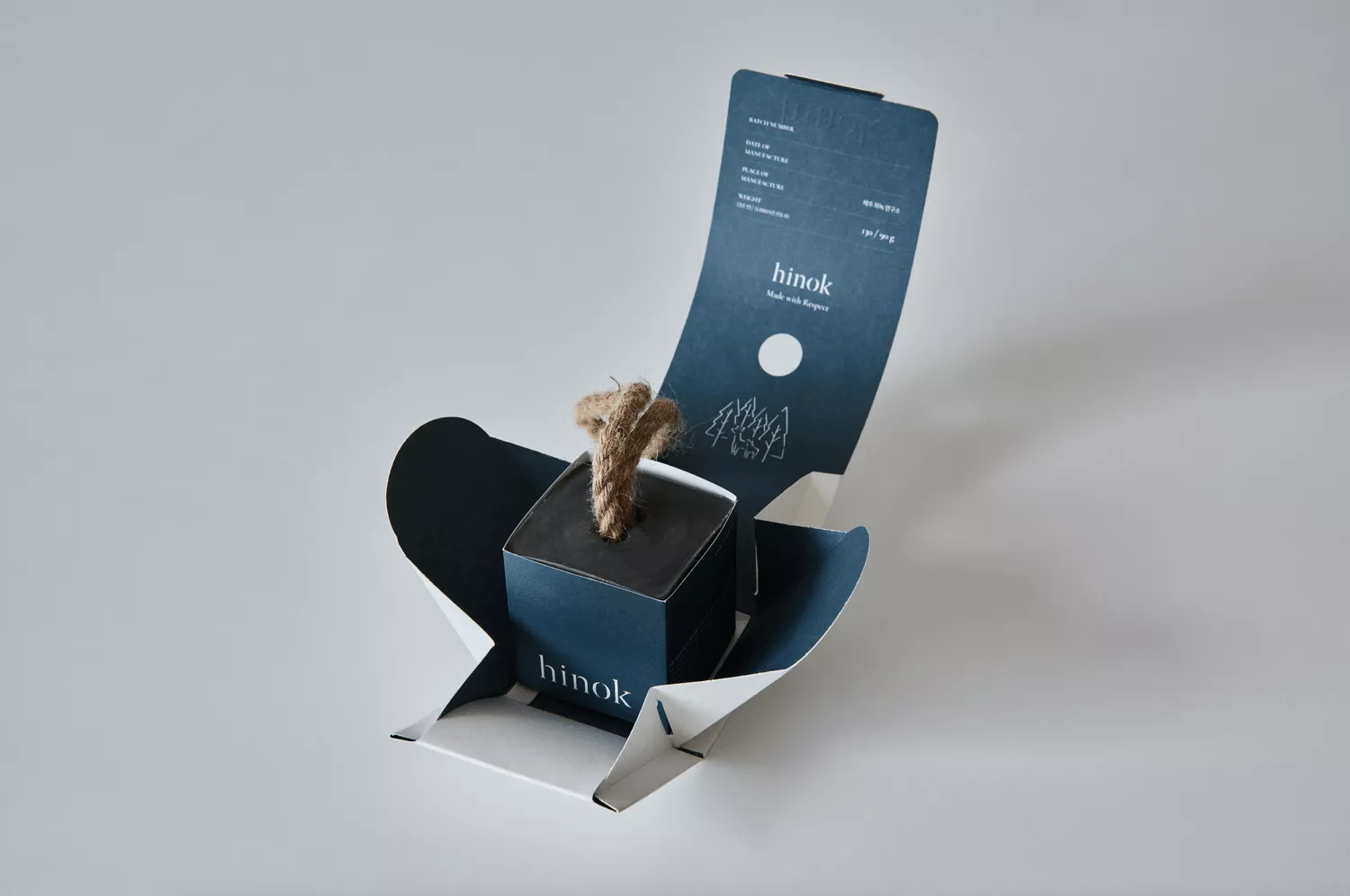
An example of this strategy would be soap packaged in non-rectangular boxes or the use of unique textures and tactile embellishments that make your product stand out on the shelf. You could also explore integrating barcodes and graphic images with augmented reality features, allowing consumers to interact with your product through their mobile phones.
Draw inspiration from the most creative retail packaging examples your brand has encountered, and strive to develop something unique, engaging, and memorable.
3. Make your packaging reusable
Consumer priorities have evolved. Today, consumers seek products that resonate with their identities and align with their values, particularly around sustainability. Brands that offer eco-friendly packaging and partner with a sustainable packaging manufacturer can appeal to these eco-conscious consumers and strengthen their brand loyalty.

Making packaging reusable is a powerful way to integrate sustainability into your design. Products sold in mason jars that can be repurposed provide added value to the consumer while reducing waste. Offering reusable packaging will allow customers to make environmentally-friendly choices. If reusability isn’t an option, consider using biodegradable materials, which can still help your brand gain recognition among those who prioritize sustainability.
4. Add promotional elements to your packaging
Packaging and marketing are closely intertwined; your packaging serves as valuable real estate for promotional efforts that can drive engagement and sales. Beyond its primary role of protecting the product, packaging offers a blank canvas for communicating key messages and enhancing customer engagement.

There are numerous ways to incorporate promotional elements into your packaging, such as instant redeemable coupons (IRCs), hidden URLs, or QR codes leading to giveaways, discounts, or special offers. To elevate the experience further, consider making your packaging interactive. Incorporate games or challenges that engage consumers and enrich the brand experience.
When customers are actively involved, they are more likely to share their positive experiences, amplifying your brand’s reach through word-of-mouth and social media.
5. Develop themed packaging for special occasions
Introducing themed or limited-edition packaging is an excellent way to keep your brand fresh and relevant. By periodically testing subtle changes in your packaging and marketing approach, you can create seasonal, event-based, or holiday-specific designs that resonate with your audience. Themed packaging can make your product stand out, whether it’s for a local promotion, a partnership with a complementary product, or the celebration of a brand milestone.

For example, if your brand is celebrating 25 years in business, incorporating silver embellishments into the packaging can add a celebratory touch. Consider adding a silver stamp that doubles as IRC coupons or discount vouchers, offering both aesthetic appeal and practical value.
Keep in mind that themed packaging often requires small quantities and shorter print runs, making it essential to have efficient inventory controls and quick turnaround times. Digital printing technologies are particularly well-suited for this strategy, enabling flexibility and cost-effectiveness in your packaging strategies.
6. Incorporate your social media presence
Integrating your social media presence into your packaging design is a strategic way to enhance your brand’s online visibility and engage with your customers on a deeper level. In today’s digital age, marketing through packaging isn’t just about what’s on the shelf—it’s also about connecting with your audience online.
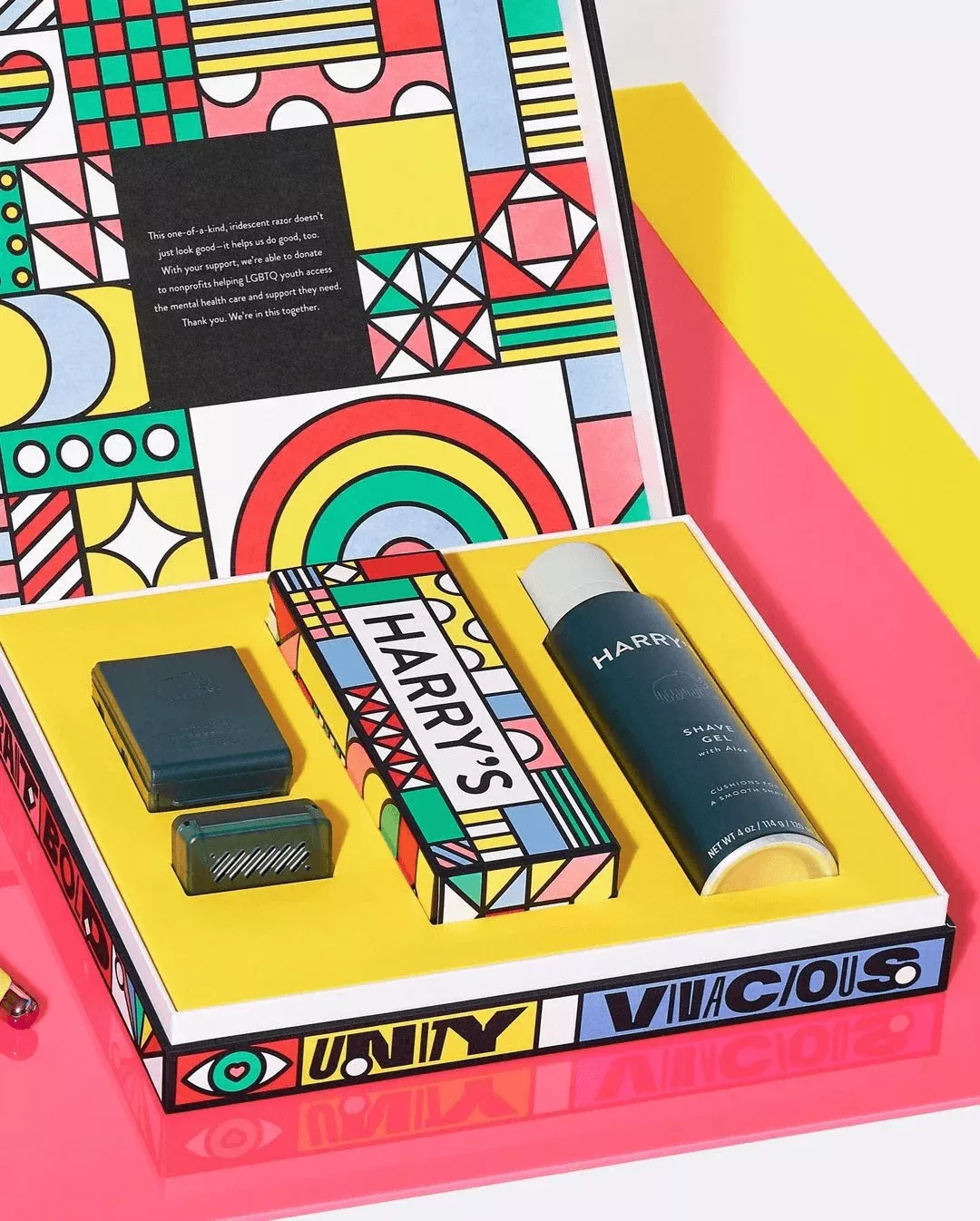
Prominently displaying your social media handles and relevant hashtags on packaging can encourage customers to follow and interact with your brand across platforms such as Facebook, Instagram, YouTube, and Twitter. Additionally, including a compelling call-to-action can motivate customers to engage with your social media content.
Simple prompts like “Follow us for exclusive offers” or “Share your unboxing experience with #YourBrand” can drive engagement. Consider leveraging influencers by inviting them to showcase your packaging in their content. Custom influencer boxes that are visually appealing and easy to share on social media can attract more brand advocates, who can further amplify your brand’s reach by featuring your products in their posts.
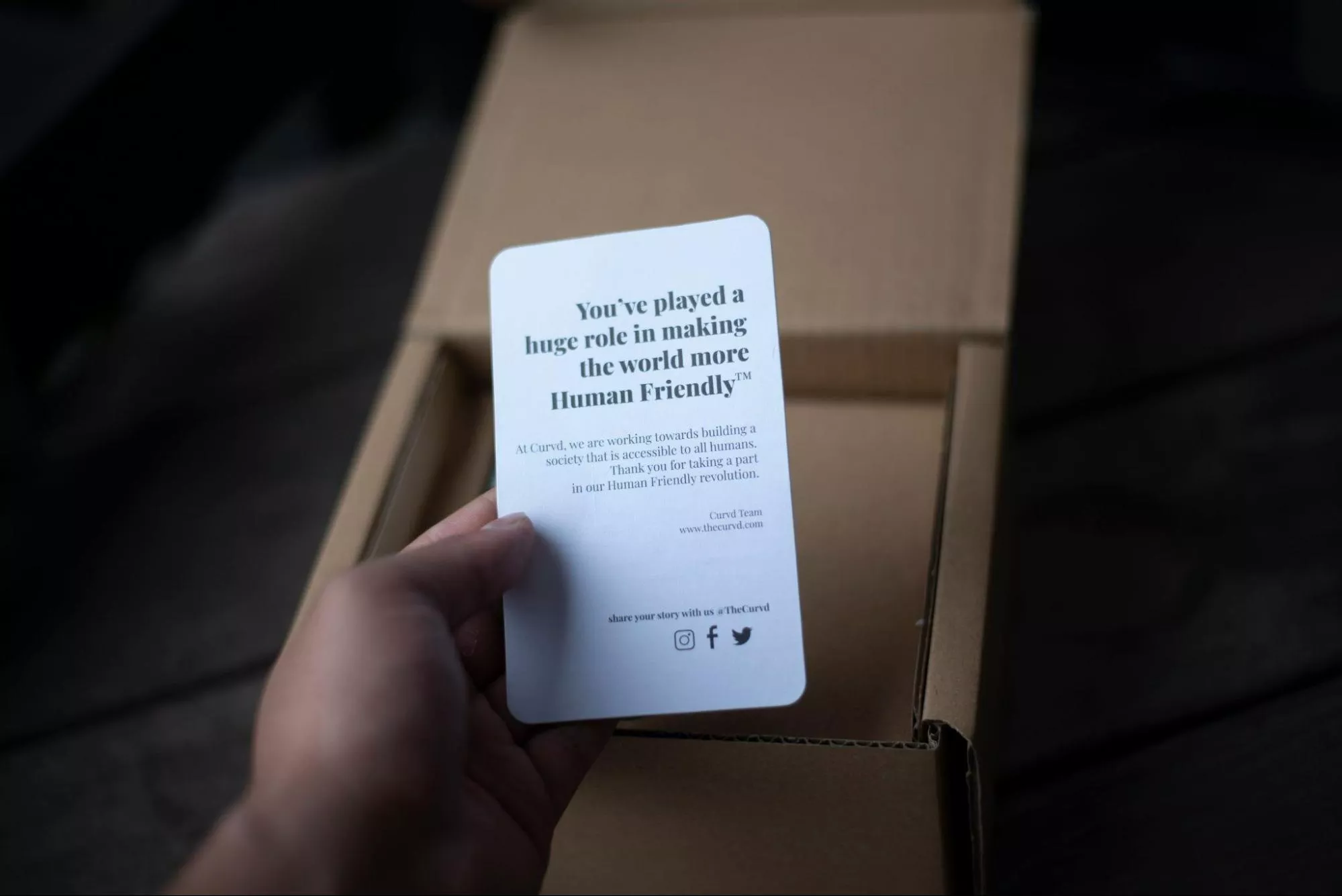
The key is to keep your packaging informative yet visually appealing, avoiding clutter while ensuring that your social media links and calls to action are clear and engaging. By doing so, you can increase your social media following while creating a community of loyal customers who are more likely to promote your brand through word-of-mouth and online sharing.
7. Focus on functionality and user experience
While aesthetics are crucial, the functionality of your packaging plays a vital role in product branding and packaging. Packaging that is easy to open, resealable, or designed for convenience can significantly enhance the user experience and increase customer satisfaction. By prioritizing usability, you ensure that your packaging strategies not only protect the product but also add value to the customer’s experience.
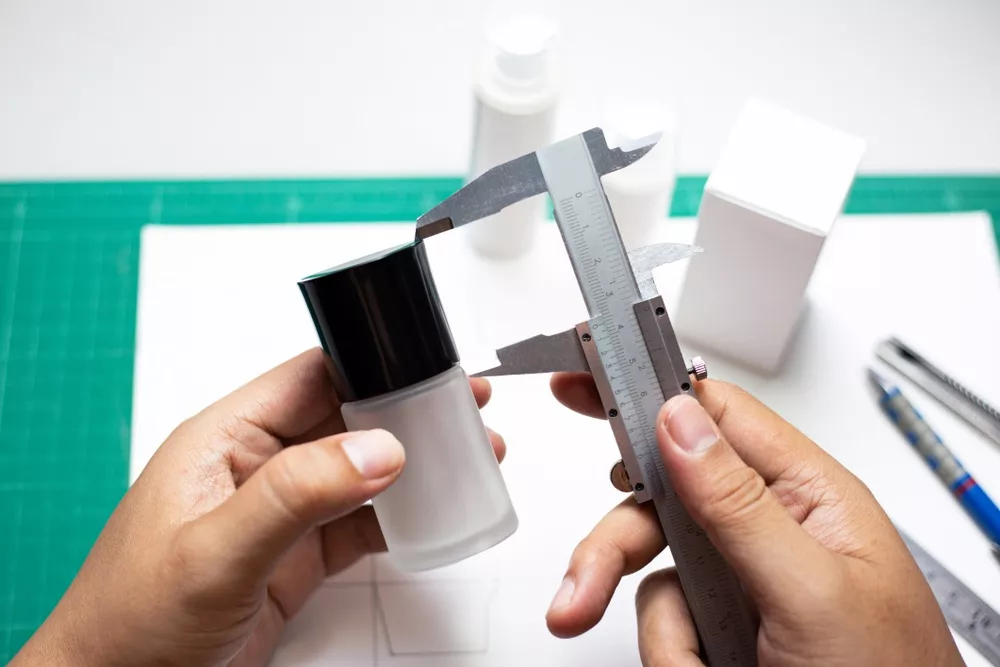
Consider features like easy-pour spouts, handles, or tamper-evident seals that make your product more user-friendly and appealing. These functional elements can differentiate your brand in a crowded marketplace, reinforcing the importance of packaging in driving consumer preference. Additionally, thinking about how your packaging can be repurposed or upcycled by the consumer can extend the life of the packaging and build brand loyalty.
Sealing the Deal with Standout Packaging
No matter how well-crafted your brand’s marketing strategy is, ineffective packaging can diminish its impact, leading to fewer customers adding your product to their physical or digital carts. Your packaging must immediately grab attention while complying with the legal, regulatory, and cultural standards of your target market.
Maximizing the impact of packaging as a marketing tool can significantly influence consumer behavior, driving engagement and sales. To elevate your brand’s retail and eCommerce packaging, consider partnering with a seasoned folding carton packaging manufacturer and pressure sensitive label supplier. The Meyers team is ready to help you bring your product packaging vision to life, ensuring it not only meets but exceeds customer expectations. Reach out to the team today!

